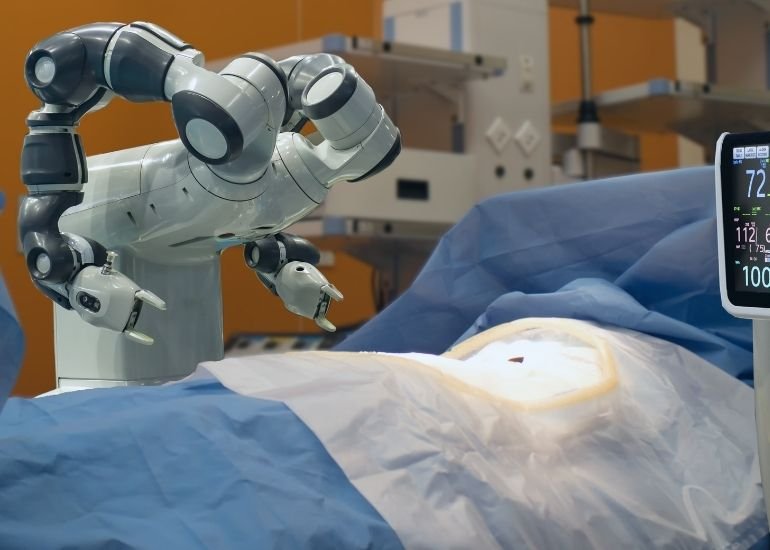Recent developments forced technology to move in giant steps in many industries, especially medicine. Health became the undisputed most crucial thing to take care of and pay attention to, and just like many other practices, developing remotely became the new normal.
Without travel and without the ability to be inside a room with other people, technology had to step in. Practices like surgery, which are vital, had to find a new way of operating remotely, and the ways technology is improving remote-assisted surgery are fascinating. A doctor on another continent could be working in real-time with the assistance of staff and robots.
Robotic Assistance
Machines develop with specific characteristics for specific tasks, and for something as important as surgery, that machine must be highly detailed. Every element needs to work in harmony, from the computer to the smooth movements and the Wi-Fi, to deliver the best service possible.
Robot-assisted surgery allows doctors to go beyond their physical capacities; from less hand movement to better eyesight, robots have become essential for detailed procedures, especially when a non-invasive option is the best option.
Team of Professionals
Robotic assistance would be a little more challenging without the help of professionally-trained staff. The benefits of having a properly trained medical staff go beyond any other services provided. Yes, machines are important—but the people in charge are essential.
Enhanced Capacities
In many areas of life, robots help our capacities get to the next level. From nanotechnology to excavators, these machines enhance abilities that we already have, like strength, speed, and attention. Precision in humans gets to a level that naturally would be challenging. Thanks to developing these capacities, new paths to procedures we didn’t expect to be possible are occurring.
No Distance Restrictions
Specialists live worldwide, some of them with a hectic travel schedule, but some options allow a person to be in two places at the same time thanks to technology. A doctor could live in Sydney and operate in real-time in London with incomparable precision.
Situations like a world pandemic turned this practice into a regular event. The ways technology is improving remote-assisted surgery with the technology already in place has allowed things to move faster and reach new heights. With something as small as a phone call from another state, we can now interact in ways never thought of before from the other side of the world.
Better Use of Time
The commute from one place to another takes time and could have situations that might not allow the predicted time to be accurate. Being connected to machines online that can do the work sounds like a literal lifesaver. Taking advantage of manipulating machines in different places from one specific location gives “waste of time” no place in this new era.

